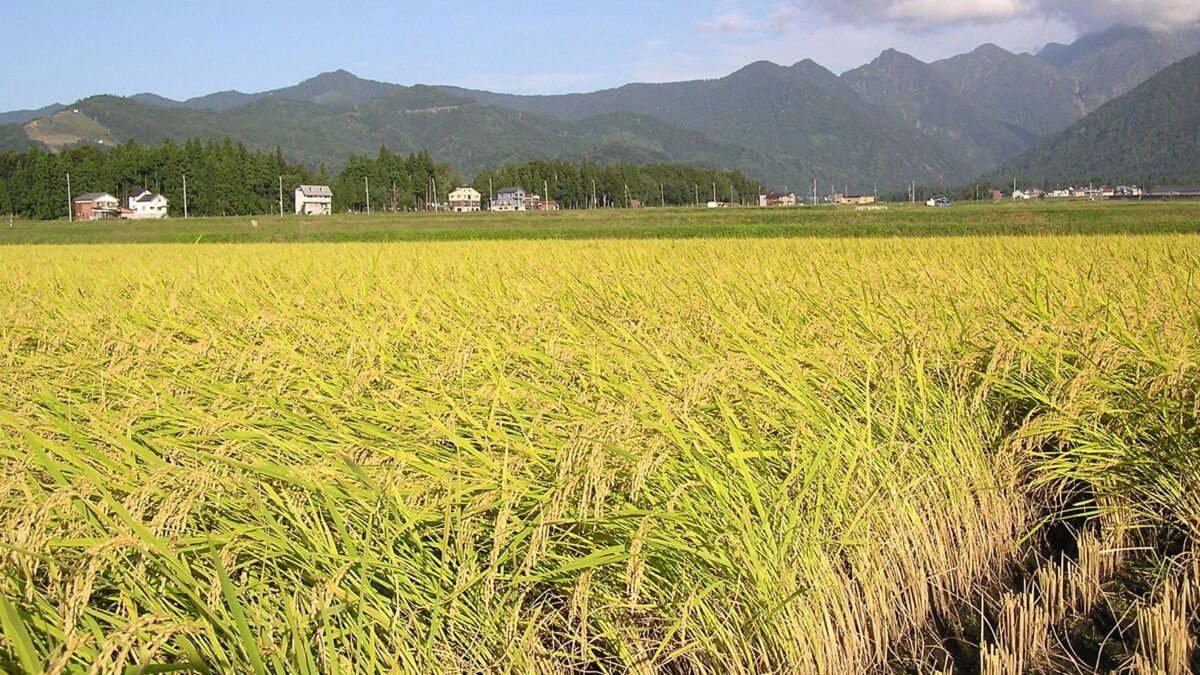Unexplored History : Wet Rice Cultivation In Ancient Mahajanapadas

Reference is made to the mahajanapadas or the great janpadas, large and more powerful than earlier multiple janapadas by the time of 600 B.C. 16 Majanpadas and their kings are listed in Buddhist texts. As those of Anga, Magadh, Vrijji Confederacy, and the Malla in the middle Gangatic valley; Kashi, Koshal, and Vatsya to its west. Kuru, Panchal, Matsya, and Sursena, further west; Kamboj and Gandhars in the north-west, Avanti and Chedi Mahajanpadas in western and central India and Assaka in Deccan.
Second Urbanization
The emergence of mahajanpadas coincided with urbanization. So this period is also described as the period of second-urbanization. This urbanization is characterized by the increasing population, trade, and higher levels of consumerism.
Higher Level of Consumerism
The increasing population had increased the demand of goods and services. This increased demand in goods and services boosted trade and commerce which further enhanced the consumerism.
The question is raised, why did the population increase by the time of the emergence of mahajanapadas ?
The answer can be explained in the following way ;
When the mahajanapadas were emerging in the Gangatic region, there was the development of new technology in the agriculture sector. The name of that technology was the wet rice cultivation technology.
How did this wet rice cultivation technology help to increase the population?
The wet rice cultivation method helped to increase the production of rice in the Gangetic region. So rice became the staple food of common people in the that region. It is observed that when a women consumed more and more rice after pregnancy, the process of lactation is squeezed. Lactation is the process of making human milk. Human milk is secreated through mammary glands which are located in the breast. Lactation is hormonally driven and occurs naturally in people who are pregnant.
As women consumed more and more rice, it increased the rate of weaning. Weaning is called the stopping of breastfeeding. As the process of weaning takes place, the woman was ready for the next pregnancy. So, in the Gangetic region by the time 600 B.C., women were be geting more and more children, which helped to increase the population.
Mahajanpadas used to build forts
As there was growth in the population, there was more and more demand of basic goods like pottery, cloth, etc. This boosted trade and commerce and supported more and more consumerism. As there was more and more trade and commerce, the kings were able to impose more taxes. Increased taxes helped to grow the state in terms of military, territory, and power. The kings of Mahajanapadas used to build forts to protect themselves from other rulers as we find the rivalry between these Mahajanapadas.
Conclusion:
So, by the time of 600 B.C., we find the mention of 16 mahajanapadas. The growth of these mahajanapadas can be attributed to the scientific development of wet rice cultivation methods in the Gangetic region.

